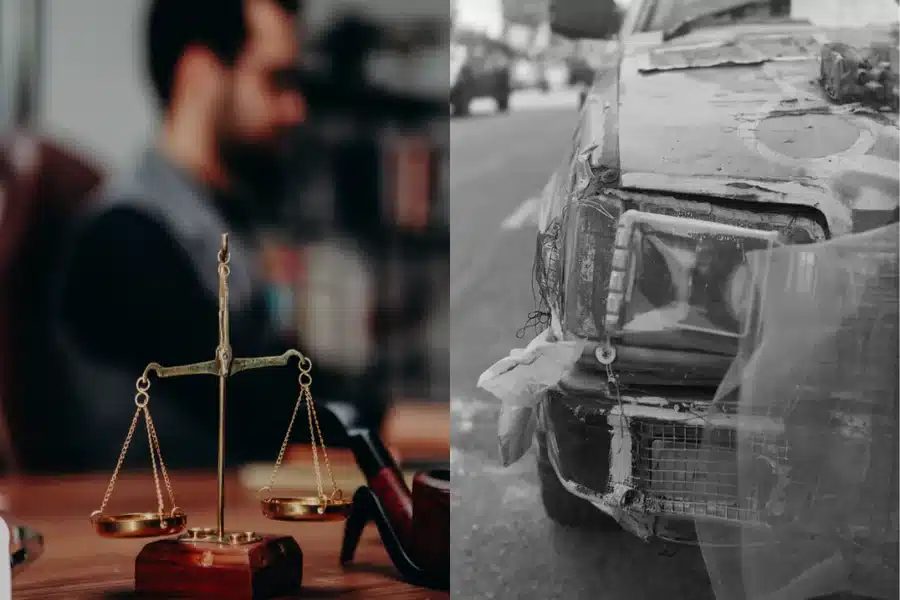Not every car crash leads to a valid legal claim. To move forward with one, there must be proof that the at-fault driver acted carelessly, caused harm, and is legally responsible. That’s what turns an accident into a possible case.
Knowing this early can save time, stress, and missed deadlines. It also helps in deciding whether pursuing legal help is even worth it.
When serious injuries or disputed fault are involved, seek the assistance of the car accident lawyers from Reiner & Frankel Law Offices. They can help people understand their rights and options.
Key Factors That Determine a Strong Case
To have a strong car accident case, three key elements may align:
- Liability (Who’s at Fault?): The other driver may be responsible for the crash. Strong proof includes police reports, traffic camera footage, and witness statements. Without apparent fault, insurers may deny your claim.
- Damages (What Did You Lose?): You need measurable losses—medical bills, car repairs, or lost wages from missed work. Minor fender-benders with no injuries rarely make strong cases.
- Negligence (Was It Preventable?): Proving the other driver acted carelessly (speeding, running a red light, or texting) strengthens your case—the more reckless their behavior, the stronger your claim.
Without these factors, winning fair compensation becomes much harder.
Common Reasons Your Case Might Be Weak or Invalid
Even if a crash feels serious, the case might not hold up without the right proof. One common issue is the lack of evidence. If there are no photos, no police report, or no witnesses, it becomes hard to show what happened.
Another reason is shared fault. In some states, if we were even partly to blame, our payout could be reduced—or denied altogether.
Also, the case may not be worth pursuing if the damages were small and there were no real injuries or financial losses. Without clear harm, there’s often little for a court—or insurer—to act on.
Steps to Assess Your Claim’s Validity
Wondering if your case has merit? Take these steps to find out:
- Collect Evidence Immediately: Snap photos of the crash scene, vehicle damage, and visible injuries. Get a copy of the police report and keep all medical records—they prove your losses.
- Get a Professional Opinion: An experienced attorney can spot weaknesses you might miss. They’ll review evidence, determine fault, and estimate what your claim is worth.
- Check Insurance Fine Print: Look at both policies—yours and the other driver’s. Low coverage limits or tricky clauses could affect your payout. Don’t settle before understanding all options.
Taking these steps early helps avoid costly mistakes later.
When to Pursue Legal Action—and When to Reconsider
We should think about pursuing legal action when the facts are clear. If the other driver was obviously at fault, injuries are serious, or the insurance company denies a valid claim, it may be worth moving forward. A legal process can help us recover what we’ve lost in those cases.
But not every accident needs a lawsuit. Legal costs might outweigh any payout if the damage is minor or if both sides share fault. The same goes for cases without solid proof.
Taking a step back and reviewing the facts can save time and frustration. A quick legal consultation often helps decide whether to proceed or let it go.



